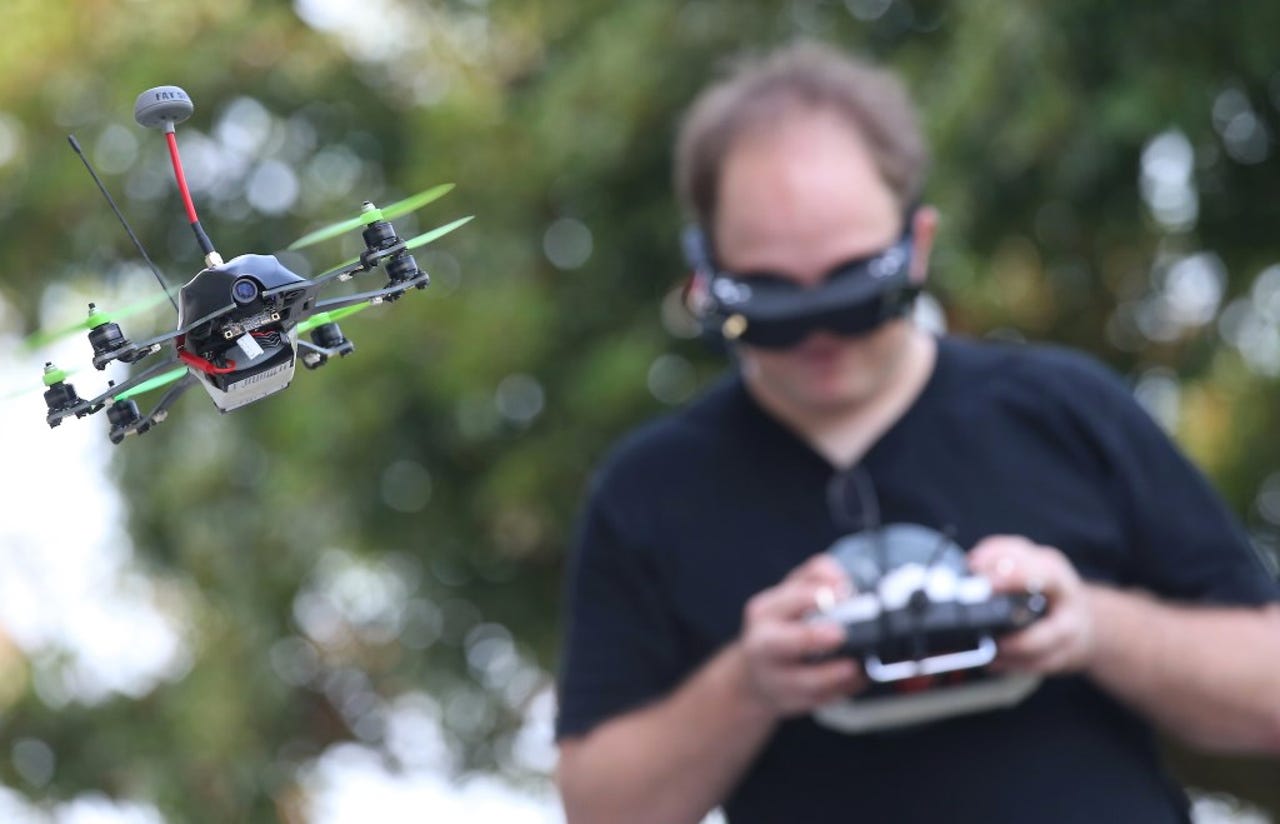Zero-latency video gives drones an upgrade


Make it faster, look for applications. That's been the market strategy of Amimon, founded in 2004 to get rid of latency in wireless video transmission.
So far, Hollywood and hospitals have been Amimon's big customers. But first-person-view (FPV) drone racing (it's a thing, and it's pretty stunning to watch) is growing in popularity. The sport requires precision control in real-time, and latency leads to crashes.
Problem, meet solution.
Amimon's technology is pretty cool. The company's marketing plays fast and loose with the term "zero-latency" (see General Relativity for a rebuttal), but their ultra-low latency (<1mS) technology is still impressive.
It works using multiple inputs and multiple outputs, or MIMO, a transmission approach that relies on multiple antennas at both the transmitter and receiver to improve bandwidth and performance. By spreading the same total transmit power over multiple antennas, Amimon video links achieve "an array gain that improves the spectral efficiency (more bits per second per hertz of bandwidth)" as well as "a diversity gain that improves the link reliability (reduced fading)," according its site.
FPV racing is having a moment. Wearing video goggles, racers have a pilot's view as they maneuver their quadcopter around a course. Though prices for custom racing drones can easily balloon to several thousand dollars, hobbyists can get into the sport for a few hundred bucks. That accessibility has led to a surge of popularity.
In the U.S., the National Drone Racing championships started in 2015. This year's contest will be held in Reno in September. There's also a Drone Racing League, which just raised $20 million from backers like Sky, Liberty Media, and WWE. The league's mission is to turn FPV racing into the next big spectator sport.
They'll need some great video to do it.